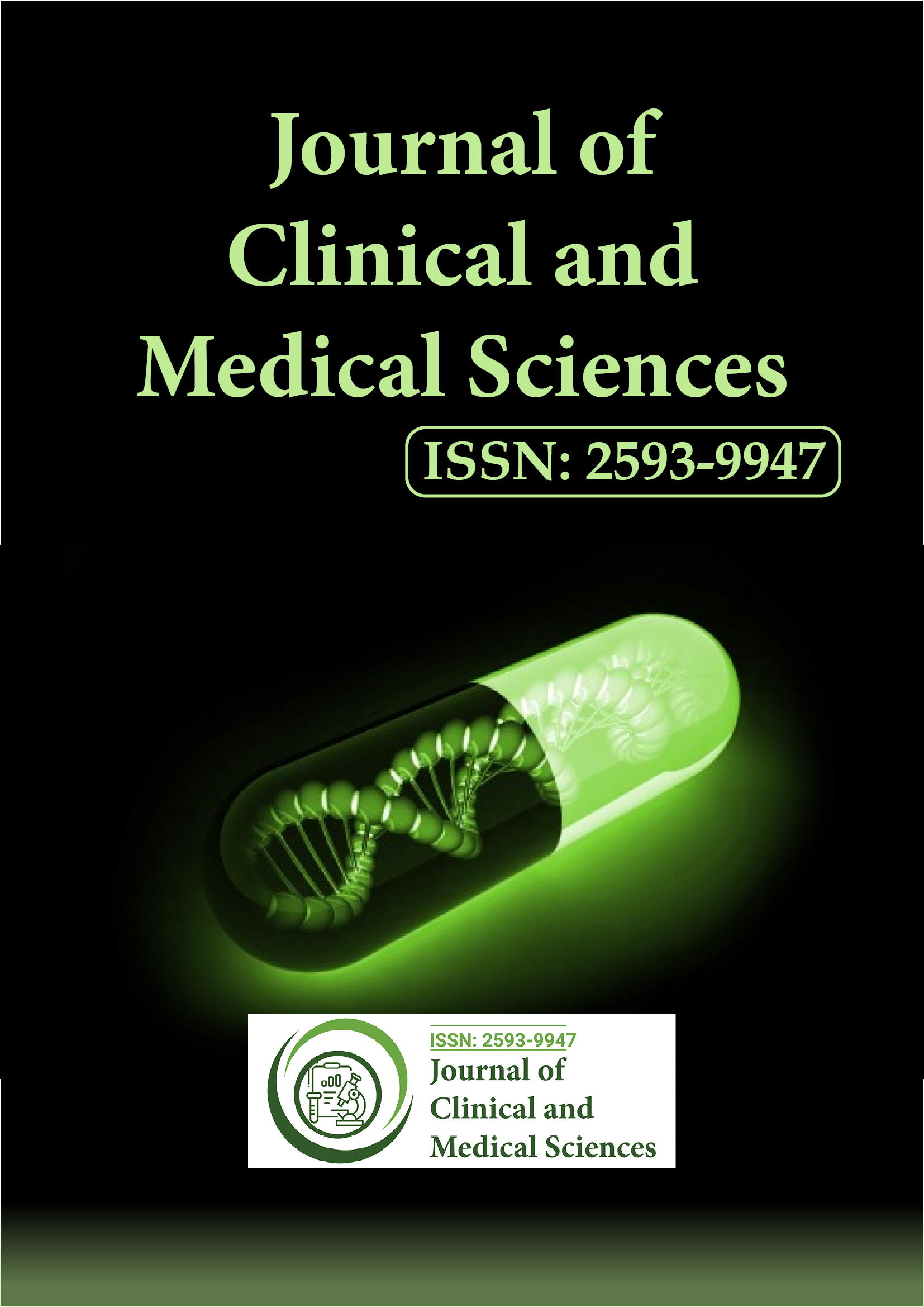Indexed In
- Euro Pub
- Google Scholar
Useful Links
Share This Page
Journal Flyer

Open Access Journals
- Agri and Aquaculture
- Biochemistry
- Bioinformatics & Systems Biology
- Business & Management
- Chemistry
- Clinical Sciences
- Engineering
- Food & Nutrition
- General Science
- Genetics & Molecular Biology
- Immunology & Microbiology
- Medical Sciences
- Neuroscience & Psychology
- Nursing & Health Care
- Pharmaceutical Sciences
Perspective - (2025) Volume 9, Issue 2
Advancements in Non-Invasive Diagnostic Techniques: Transforming Patient Care
Isabella Hartman*Received: 30-Apr-2025, Manuscript No. JCMS-25-29535; Editor assigned: 02-May-2025, Pre QC No. JCMS-25-29535 (PQ); Reviewed: 16-May-2025, QC No. JCMS-25-29535; Revised: 23-May-2025, Manuscript No. JCMS-25-29535 (R); Published: 30-May-2025, DOI: 10.35248/2593-9947.24.9.320
Discription
The rapid evolution of diagnostic medicine has reshaped clinical practice over the past decade, with non-invasive diagnostic techniques at the forefront of this transformation. Traditional diagnostic methods, often reliant on invasive procedures such as biopsies or exploratory surgeries, carry inherent risks including infection, prolonged recovery, and procedural complications. The development of highly sensitive imaging modalities, molecular diagnostics, and bio-sensing technologies has introduced safer, faster, more precise methods for identifying disease states. These advances are not only improving patient outcomes but also enhancing the efficiency of healthcare systems worldwide.
One of the most significant areas of advancement is in imaging technology. High-resolution Magnetic Resonance Imaging (MRI) and Computed Tomography (CT) scans now allow clinicians to visualize internal structures with unprecedented clarity. Functional MRI (fMRI) and Diffusion Tensor Imaging (DTI) provide insights into organ function and neural connectivity, moving beyond mere anatomical observation. These modalities facilitate the early detection of diseases such as cancer, cardiovascular abnormalities, and neurological disorders, enabling timely intervention. Coupled with three-dimensional reconstruction and artificial intelligence-assisted image analysis, non-invasive imaging provides clinicians with predictive insights that were previously unattainable.
Molecular diagnostics, particularly through liquid biopsy techniques, have also transformed disease detection. By analyzing circulating tumor DNA, RNA, or exosomes in blood, clinicians can identify malignancies without requiring invasive tissue sampling. Liquid biopsies are particularly valuable for monitoring disease progression and treatment response, allowing real-time adjustments to therapy. Similarly, advancements in proteomics and metabolomics enable the detection of disease-specific biomarkers in body fluids, offering a minimally invasive window into systemic pathophysiology. These approaches are increasingly integrated into clinical practice for diseases ranging from solid tumors to metabolic disorders.
In addition to imaging and molecular diagnostics, wearable biosensors are emerging as critical tools in non-invasive patient monitoring. Devices capable of continuous measurement of vital signs, glucose levels, or cardiac rhythms provide ongoing data that informs personalized treatment strategies. The integration of these devices with cloud-based platforms and machine learning algorithms allows for predictive modeling of disease exacerbation, facilitating proactive care. This approach reduces hospital admissions and enables remote patient management, which has proven particularly valuable in managing chronic conditions and during public health crises.
The clinical implications of these technologies are profound. Non-invasive diagnostics improve patient safety and comfort, reducing reliance on surgical interventions and the associated complications. They also enhance diagnostic accuracy, allowing for earlier disease detection, which is often associated with better prognosis. For example, early identification of asymptomatic cardiovascular disease through advanced imaging or the detection of early-stage malignancies via liquid biopsy can dramatically alter treatment trajectories and survival rates. Furthermore, these technologies contribute to more efficient healthcare delivery by minimizing hospital stays, reducing procedural costs, and enabling outpatient-based monitoring.
Despite these advances, challenges remain in implementing non-invasive diagnostics on a wide scale. High costs, technical complexity, and the need for specialized personnel can limit accessibility, particularly in resource-constrained settings. Additionally, the interpretation of complex data from imaging, molecular diagnostics, and wearable devices requires sophisticated analytical tools and clinical expertise. Ongoing research is focused on standardizing protocols, improving the sensitivity and specificity of diagnostic assays, and integrating multi-modal data for holistic patient assessment. Ensuring equitable access to these technologies is essential to maximize their impact on global health.
Looking ahead, the integration of artificial intelligence, machine learning, and multi-omics analysis promises to further revolutionize non-invasive diagnostics. AI-driven platforms can analyze vast amounts of imaging and molecular data, identifying patterns that may elude human observation. Combined with precision medicine approaches, these technologies offer the potential for individualized diagnostic and therapeutic strategies, transforming patient care from reactive to proactive management. As these tools become more accessible and validated across populations, non-invasive diagnostics are poised to become the cornerstone of modern clinical medicine.
Citation: Hartman I (2025). Advancements in Non-Invasive Diagnostic Techniques: Transforming Patient Care. J Clin Med Sci. 9:320.
Copyright: © 2025 Hartman I. This is an open access article distributed under the terms of the Creative Commons Attribution License, which permits unrestricted use, distribution, reproduction in any medium, provided the original author and source are credited.
